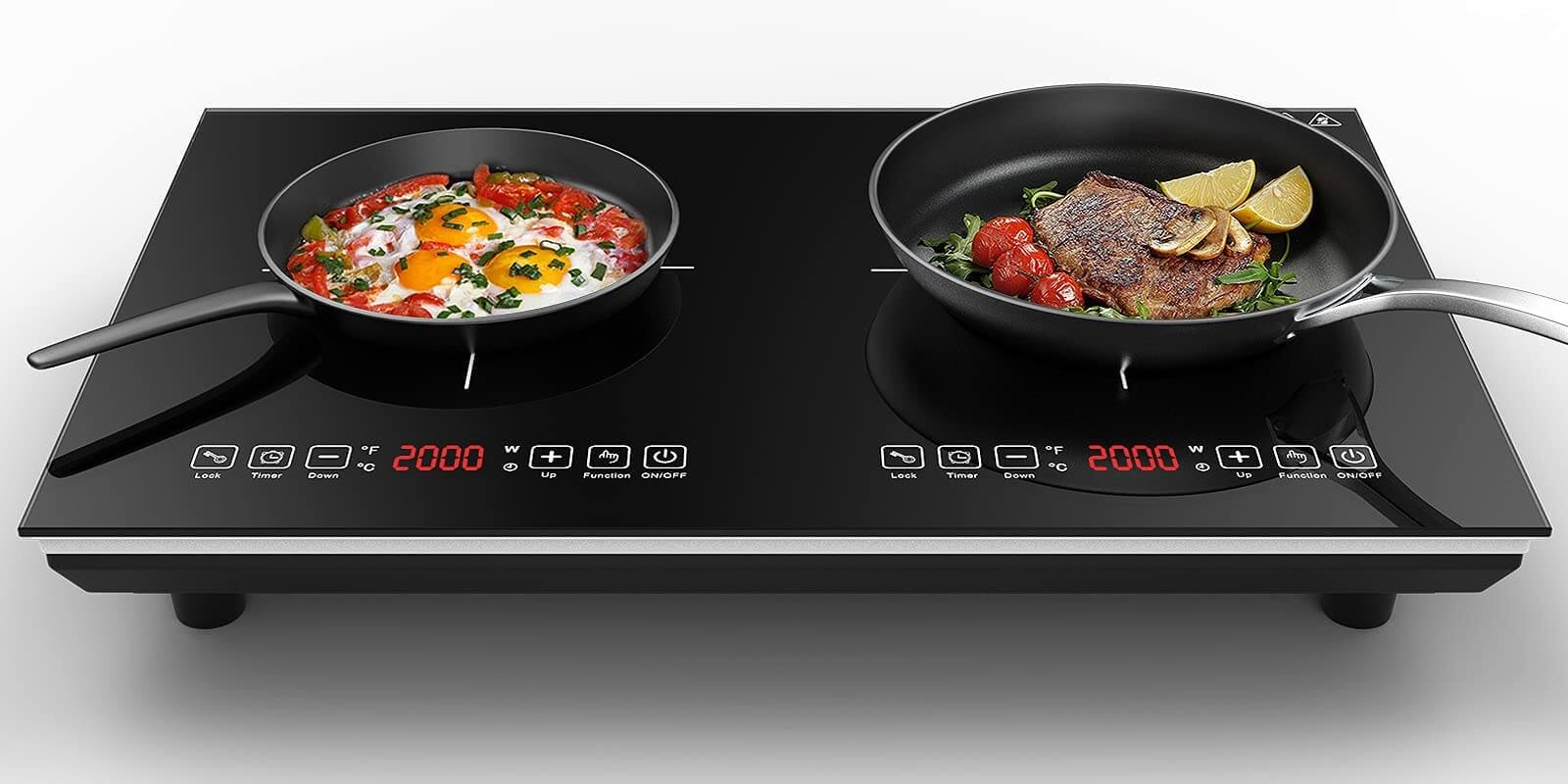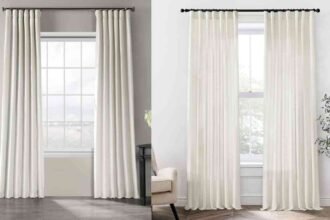In the past several years, induction cooktops have seen a surge in popularity, and many houses now opt for these cooktops rather than gas or electric burners. Electromagnetic radiation is what generates heat for the cookware in induction cooktops as opposed to the traditional heating elements.
The overall outcome is a cooking process that is both faster and more efficient. You should be aware of the several negatives associated with induction cooktops because of their prevalence. In this article, both the advantages and disadvantages of using an induction stove will be covered.
Pros of Induction Cooktops
Induction cooktops are becoming increasingly popular in residential kitchens, and for good reason. They have a lot of advantages over conventional cooktops that are powered by gas or electricity. Induction cooktops have a number of advantages, some of which are listed below:
1. Faster Cooking
Cookware heated with an induction cooktop is heated directly rather than first being heated by the cooktop itself because the induction cooktop uses electromagnetic energy to heat the cookware. When compared to conventional gas or electric cooktops, this results in much shorter total cooking times.
2. High Performance in Terms of Energy Efficiency
Induction cooktops only heat the pots and pans themselves, rather than the air around them, which results in a significant reduction in the amount of energy required to prepare meals on these surfaces. This results in less energy being lost and allows you to cook with a lower amount of electricity.
3. Easy to Maintain
Cooktops that use induction technology have a ceramic glass surface that is polished and easy to clean. There is no need to use a cleaning pad or brush to clean the burners or heating elements, in contrast to conventional gas or electric cooktops.
4. Much less Danger When Using
It is generally agreed that using an induction cooktop is a safer option than using a standard cooktop. Because the surface of the cooktop can be touched without being hot, there is a reduced risk of burning. Additionally, the heat will be promptly turned off once a pot or pan is taken from the stovetop, which helps to reduce the likelihood of fires occurring.
5. More Precise Temperature Control
Traditional cooktops do not provide the level of temperature control precision that is available with induction cooktops. Cooking delicate foods like chocolate and sauces without scorching them is simplified as a result of this improvement.
6. Favorable to Earth’s Biosphere
Traditional cooktops produce more carbon dioxide and other hazardous pollutants than induction cooktops, making traditional cooktops less ecologically friendly than induction cooktops.
7. Durable
Cooktops that use induction technology are noted for their lifetime and durability. The surface of the ceramic glass is scratch- and wear-resistant to a very high degree.
Also See: Black Kitchen Cabinets Ideas
Cons of Induction Cooktops
Before making a buying decision, it is important to be aware of the advantages and disadvantages associated with using an induction cooktop. The following is a list of some of the drawbacks of induction cooktops:
1. Cost
Cooktops that use induction technology are typically more expensive than regular cooktops that use gas or electricity. The upfront cost could be higher, but in the long run, the money saved on energy could make up the difference.
2. Compatible cookware
In order for induction cooktops to function properly, the cookware used with them must be constructed of a ferromagnetic material. Examples of such materials include cast iron and stainless steel. Because of this, induction cooktops are not compatible with all types of cookware, which can be an inconvenient reality for some people.
3. Limited heating options
Induction stovetops are not appropriate for all forms of cooking; for instance, you cannot use them for deep frying or for cooking food at a low temperature.
4. Limited repair options
Induction cooktops are complicated kitchen appliances that should only be repaired by trained professionals. This implies that if your cooktop breaks down for any reason, getting it fixed can be more complicated and costly.
5. Less heat for large pots
There is a possibility that larger pots and pans will not fit on top of an induction cooktop. Those who routinely cook for large people or who host parties on a regular basis may find this to be a challenge.







